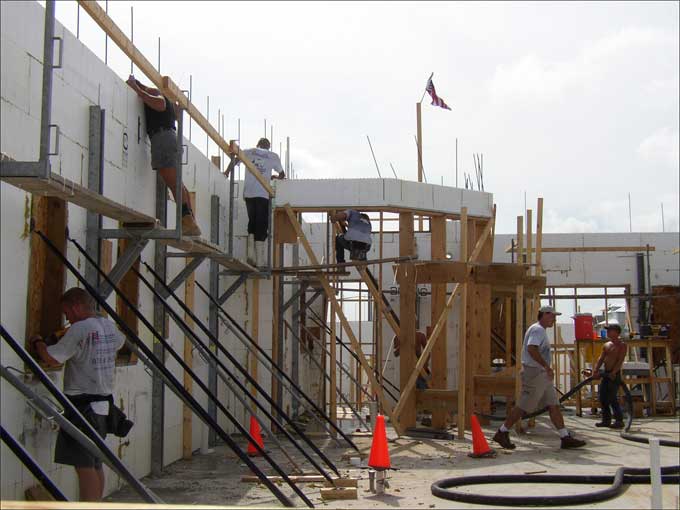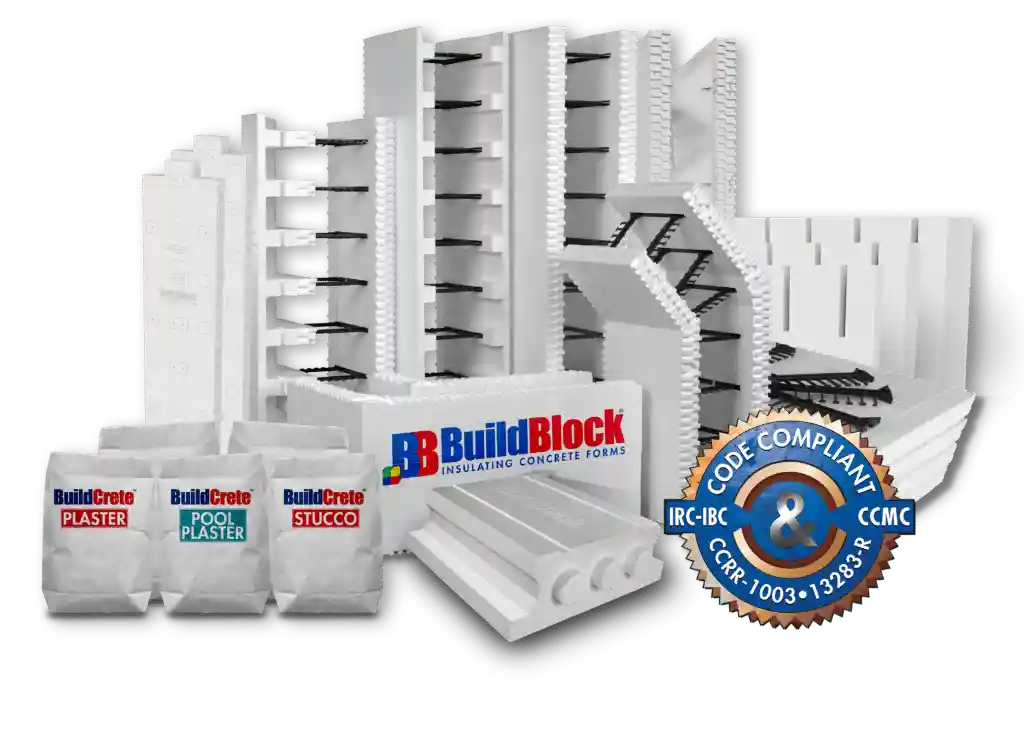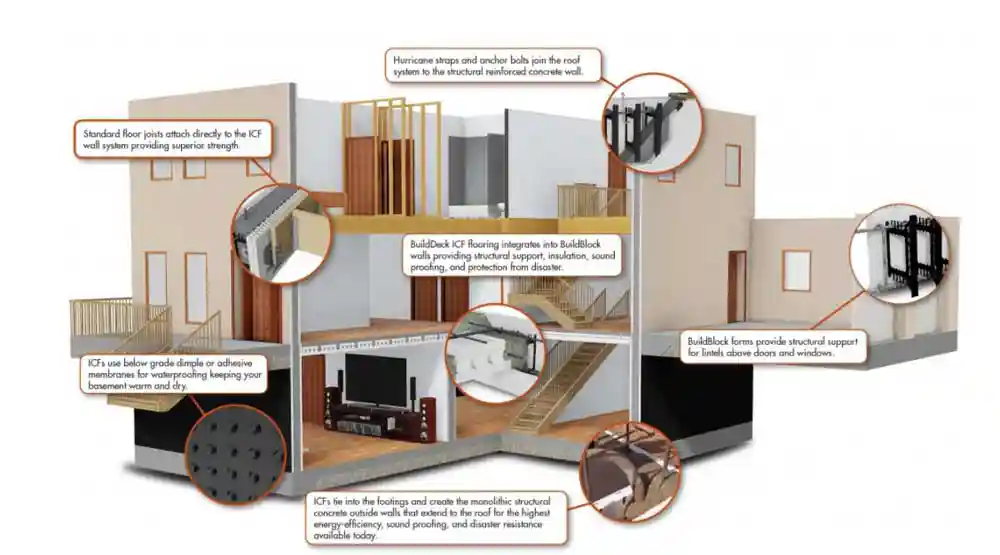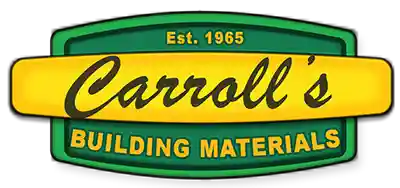Insulating Concrete Forms
Insulating concrete forms (ICFs) are concrete foam blocks which are stacked to form the walls of a building, reinforced with steel rebar, and then filled with concrete.
What are the benefits of ICFs?
LIGHTER AND STRONGER
BuildBlock ICFs are 16 inches tall and 48 inches long. A single ICF form creates the same size at 6 CMU blocks, is lightweight (7lbs), faster to stack, already insulated and furred.
ICF HOME PLANS
Almost any home plan can be converted to ICF construction either by your builder or the plan’s designer.

ENERGY- EFFICIENCY
A thick concrete core inside your walls provide extreme strength and durability, all sandwiched between thick insulated panels of EPS foam.
ICF RESOURCES
BuildBlock provides training materials through their website and their Youtube Channel.
THE FUTURE IS NEAR

Insulating concrete forms (ICFs) are concrete foam blocks which are stacked to form the walls of a building, reinforced with steel rebar, and then filled with concrete. BuildBlock ICFs remain in place as part of the wall combining one of the finest insulating materials, Expanded Polystyrene (EPS), with one of the strongest structural building Materials, steel reinforced concrete. The ties within the forms act as furring, so interior and exterior finishes can be applied directly to the foam. The result is a wall system of unmatched comfort, energy efficiency, strength and noise reduction.
THIS IS BUILDBLOCK
Carroll’s Building Materials uses only the best Insulating Concrete Form system. BuildBlock ICFs provide extensive training videos and help with ICF home plans. When you buy our BuildBlock ICFs, you can rest assured knowing that you are buying a product with fantastic builder support and training resources.
Why do ICFs work so well?

Insulating Concrete Forms sandwich a solid reinforced concrete core between two 2.5″ thick panels of dense EPS foam. This foam is extremely good insulation and delivers unparalleled energy efficiency. Why?
The heating or cooling experienced during the day or night is stopped from influencing the inside temperature through both the EPS foam insulation and the concrete core. While the EPS foam works as an effective insulation it’s the thermal inertia of the concrete core that adds the greatest advantage. The concrete is heavy and dense and resists changing temperature. Think about the evening after a hot summer day when the sidewalks and streets are still warm late into the night. The concrete, once heated, stays warm for a long time. The opposite (cold concrete) is true as well. This thermal inertia of concrete helps stabilize the wall temperature. Combined with the insulation on both sides of the wall, preventing either exterior temperature changes or interior heating and cooling from affecting the wall temperature on the other side. By staying so stable, the inside temperature must only be conditioned to change a few degrees either direction, requiring very little energy.
What can you build with ICFs?
Residential Projects
Industrial Structures
Mixed-Use Buildings
Schools and Government Buildings
Churches
MultiFamily Dwellings

Contact Our ICF Team
WANT MORE INFO? FILL OUT THE FORM BELOW, AND WE’LL CONTACT YOU.
